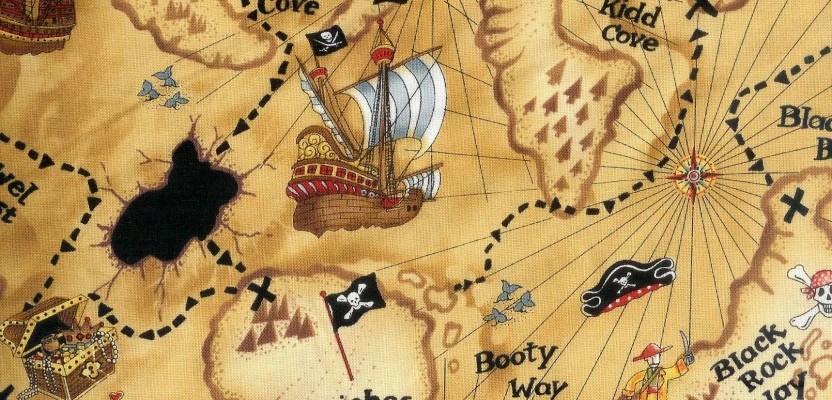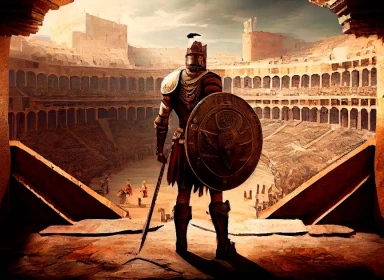
The darknet markets are constantly evolving, and if just a few years ago most deals were done through face-to-face meetings or couriers, today the landscape has changed dramatically. Dead drops have become the dominant method of product distribution, and for good reason. This approach isn’t just more convenient - it drastically reduces risks for both buyers and sellers. Let’s explore why dead drops are outperforming traditional methods and how they’re rewriting the rules of the game.
Why Are Traditional Deals Becoming Obsolete?
In the past, buying on the darknet almost always meant some form of personal contact. Buyers and sellers arranged meetups, used couriers, or relied on postal services. But with increased law enforcement surveillance, advanced tracking systems, and a rise in scams, this model became too risky.
Police have learned to monitor encrypted messaging apps, trace supply chains, and intercept couriers. Buyers, on the other hand, often faced fraud - they’d send payment but never receive the product. In this environment, dead drops emerged as a logical solution to these new threats.
How Do Dead Drops Work, and Why Are They Safer?
The concept is simple: the seller hides the product in a discreet location in advance, and the coordinates or detailed description are shared with the buyer only after payment is confirmed. This eliminates many of the risks inherent in other transaction methods.
First, there’s no need for personal contact. No phone calls, messenger negotiations, or shady meetups. All communication happens through encrypted channels, and drop details are shared via one-time messages or automated systems.
Second, the risk of fraud is minimized. In traditional deals, buyers could send money and never receive the product, while sellers might ship an item and never get paid. With dead drops, the seller receives cryptocurrency first, and the buyer gets exact coordinates. If the location is wrong or the drop is empty, the seller’s reputation takes an immediate hit, making scams unprofitable.
Third, the risk of arrest is reduced. Even if a dead drop is discovered by police, proving a specific individual’s involvement is extremely difficult. There’s no chat history, no witnesses, and no direct evidence. Unlike couriers, who can be placed under surveillance, dead drops remain anonymous until discovered.
Not Just Safety - Convenience Too
Beyond reducing risks, dead drops offer practical advantages. Buyers don’t have to adjust to a seller’s or courier’s schedule - they can pick up the product at any time. This is especially important for those who value anonymity and want to avoid unnecessary public interactions.
Additionally, dead drops allow sellers to scale their operations. There’s no need to hire dozens of couriers or risk moving large shipments through intermediaries. Instead, sellers can stash products securely and sell them gradually via the dead drop system.

What Are the Downsides of Dead Drops?
Of course, no method is perfect, and dead drops have their weaknesses. One major risk is third - party discovery. A drop could be found accidentally by passersby, maintenance workers, or law enforcement. To minimize this, sellers choose hard-to-reach locations, use camouflage, and avoid high-traffic areas.
Another issue is incorrect coordinates. If the seller provides vague directions or an inaccurate pin, the buyer might waste time searching. To prevent this, many operators include photos of the stash or give highly detailed descriptions.
Finally, there’s the risk of empty drops - when a buyer arrives at the location but finds nothing. This is rare but still possible, especially when dealing with new or unverified sellers. That’s why checking a vendor’s reputation is crucial.
Are Dead Drops the Future of Darknet Trade?
Given all the advantages, it’s safe to say dead drops aren’t just a trend - they’re the new standard. They combine anonymity, security, and convenience in a way traditional methods can’t match.
Technology is only reinforcing this shift. Cryptocurrencies ensure untraceable payments, encryption protects communications, and automated systems allow deals with minimal interaction. In this environment, dead drops are the smartest choice for anyone who values privacy.
Final Thoughts
Dead drops are a natural evolution of darknet trade. They solve the biggest flaws of traditional methods: reducing fraud, eliminating face-to-face meetings, and maximizing security. While no system is flawless, following basic OPSEC rules and dealing with trusted vendors makes dead drops the best option for darknet purchases today.






Comments 0